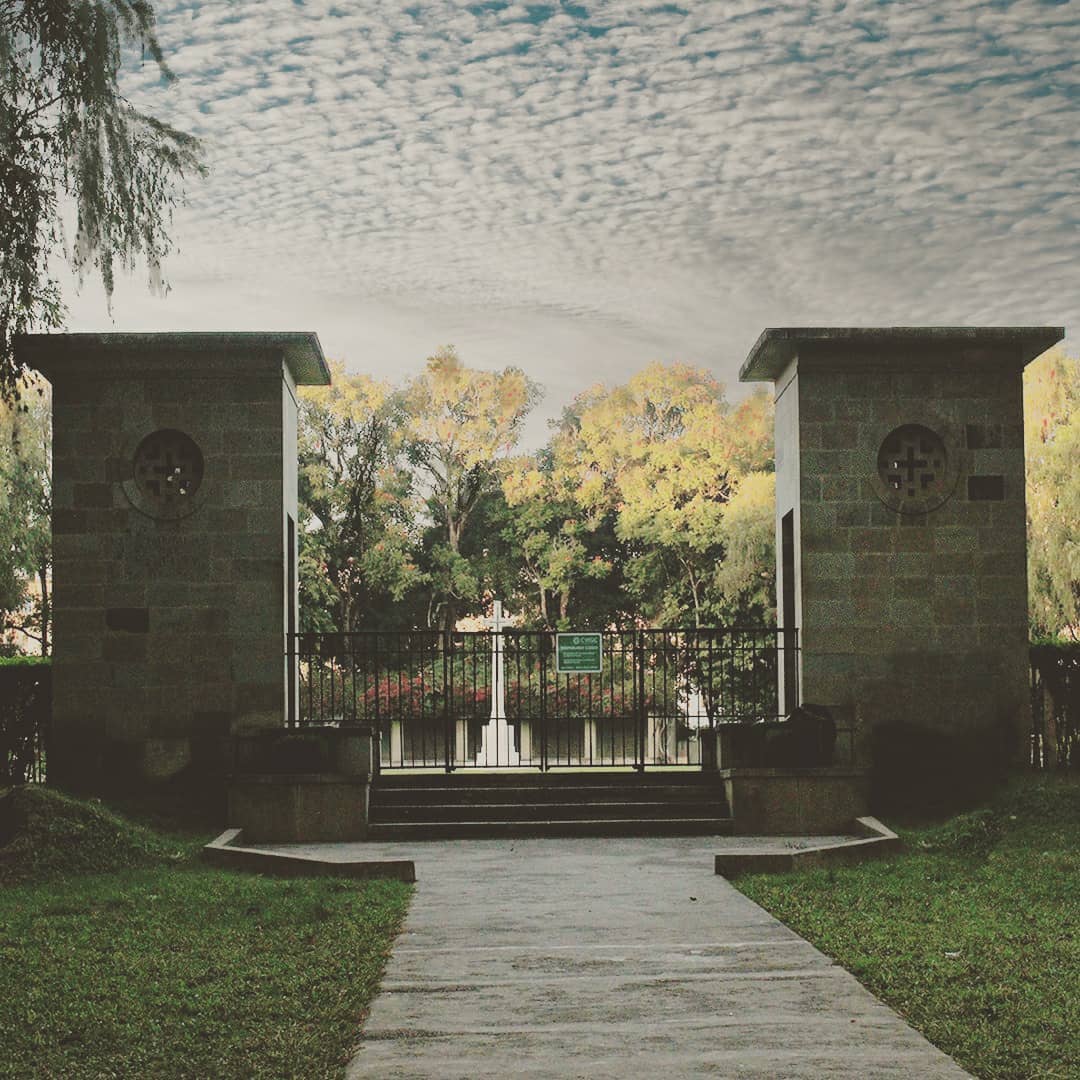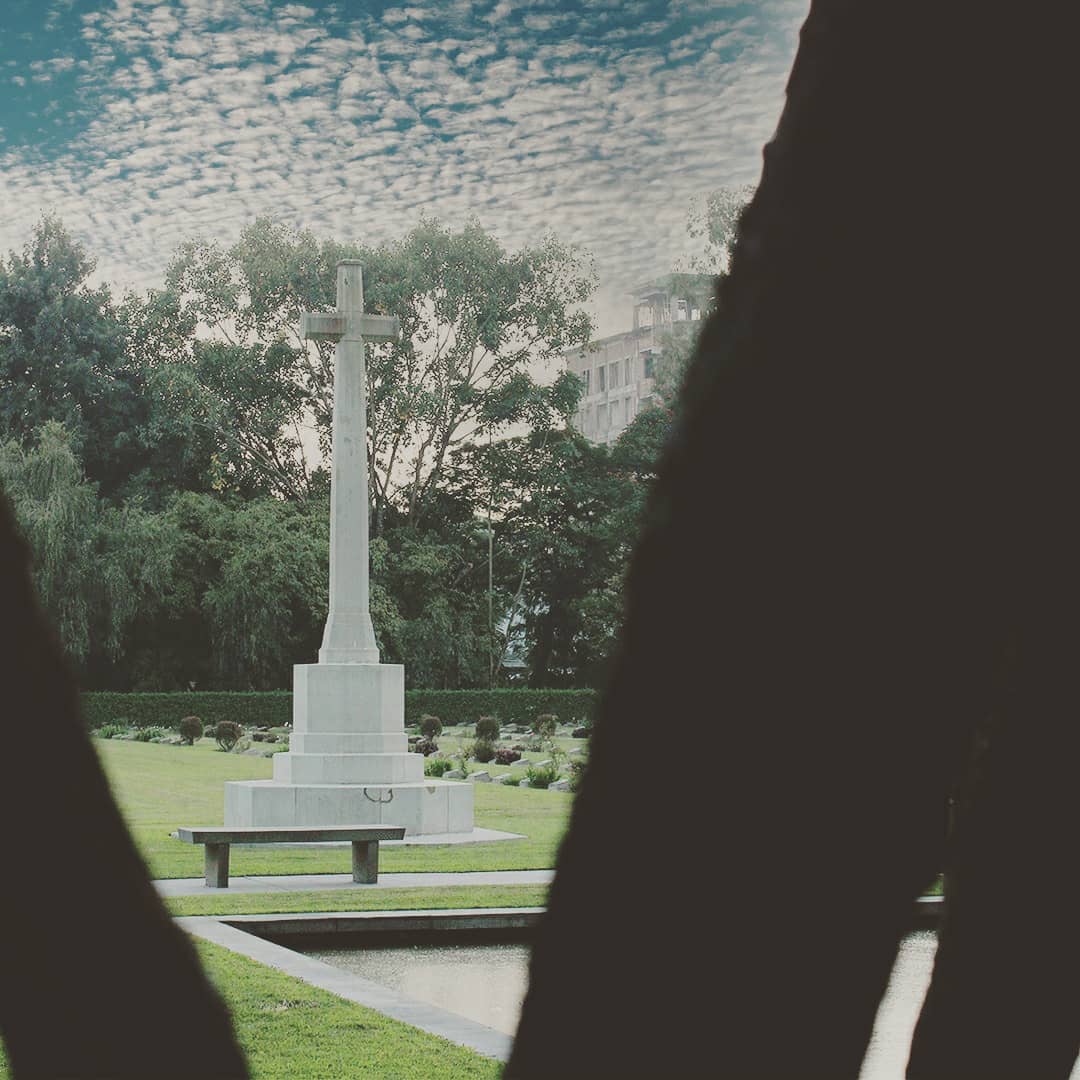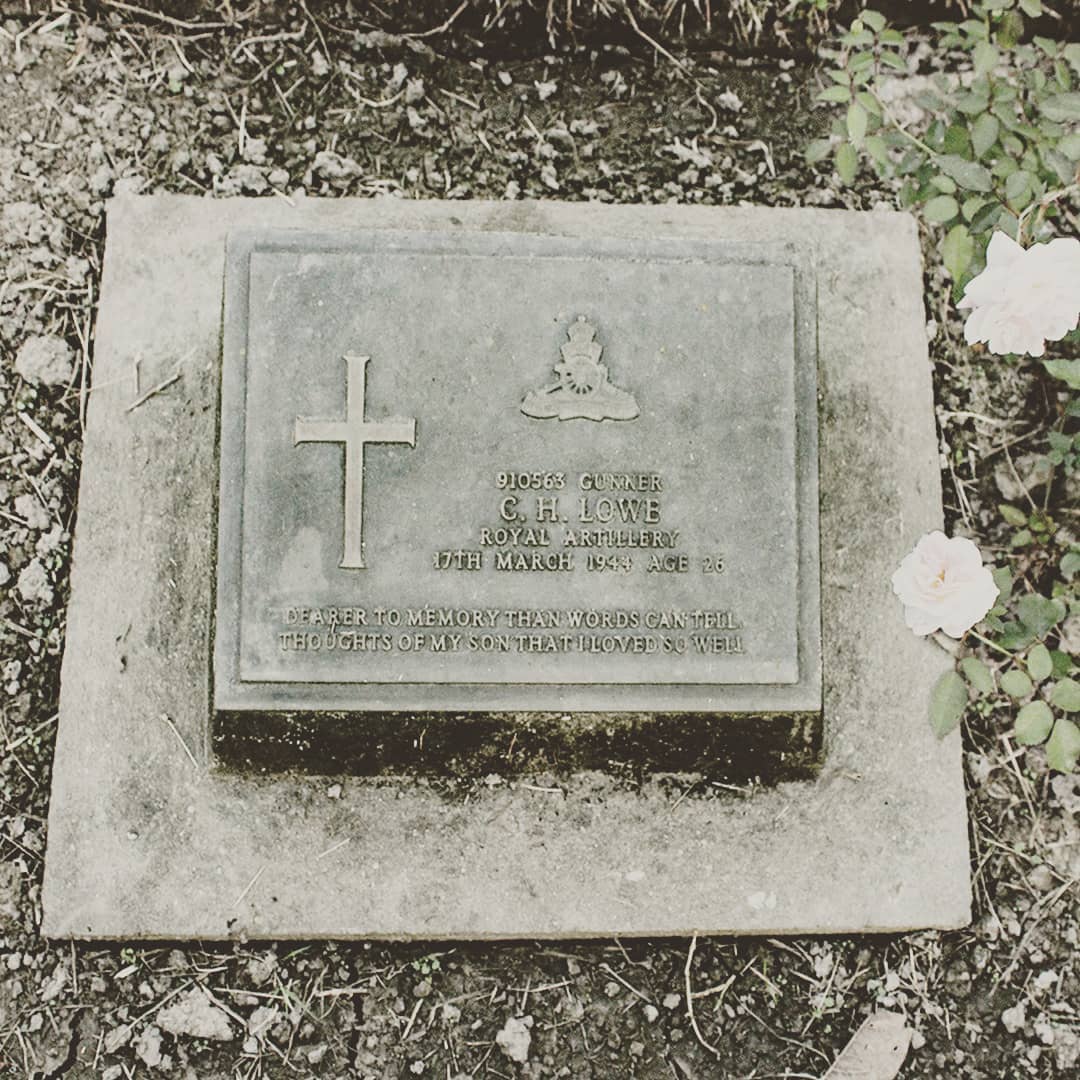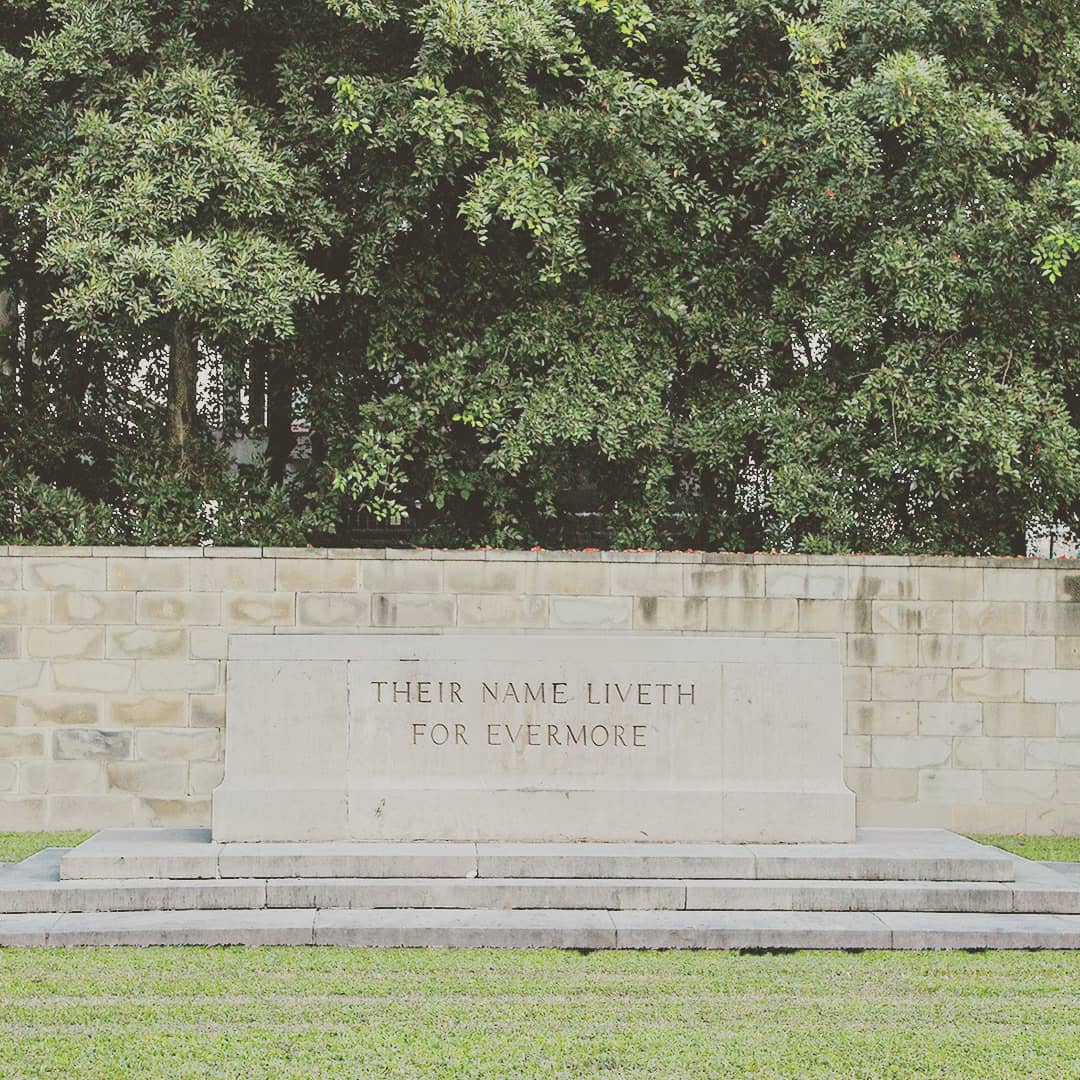Of Nostalgia & Nightmares: The Imphal War Cemetery
BACKGROUND Memories of wars and conflicts are seldom celebratory in nature, unless in exceptional cases when you are on the side of the victor. For tragic events like the World Wars, it takes the whole humanity to facilitate reconciliation and mend fences. Often, museums and memorials help contextualise the grand human stupidity and offer a space to reflect on the consequences of contestations and destruction.
One of such places is the simple and solemn Imphal War Cemetery located in Kabo Leikai in the heart of the capital city of Manipur. A very touristy place, it is also very close to the Kangla Fort.
The Axis and the Allies forces had fought decisive battles during the World War II in this part of the world. The cemetery, which is an epitome of nostalgia and nightmares, consists of 1,600 burials spread over nine plots and houses several trees and flowers.
For us, growing up in a conflict town devoid of haunts for youngsters, my friends and I used to consider this place as one of our favourite hang-outs during school and college days. We never knew how rooted we were by staying so close to an area that holds a collective memory for death and destruction albeit preserved in a highly formal and grave ambience.
The UK-based Commonwealth War Graves Commission looks after the maintenance of the Imphal War Cemetery. An entry from the southern side takes you through a walkway that leads to its main entrance with an iron grill gate. From there, you can see the Cross of Sacrifice standing tall on the other side, and in its rear are a water tank and, further back, an open shelter clothed in pink bougainvilleas. Another compact shelter attached with a store sits calmly on the western side and on the other extreme end is the Stone of Remembrance with an epitaph etched in an old-style, all-caps serif: Their Name Liveth for Evermore.
A BRIEF ABOUT THE WORLD WAR II Old folks in our town refer the World War II to as the Japan Laan in Manipur. Literally, it means the War of/with Japan. For the Allied, the Battle of Imphal and Kohima was one of the most important turning points in the war. A few years ago, the London-based National Army Museum had voted it as the greatest battle of Britain—on the basis of ‘a battle’s political and historical impact, the challenges the troops faced, and the strategy and tactics employed’— and picked over other other well-known events such as the battles of D-Day and Waterloo.
On the other side, Japan was gaining control over the region, and its Imperial army had taken over a chunk of eastern China and the Southeast.
Imphal was a strategically significant place; and so it is now that it has become an important frontier for the Indian security establishment. From here, Burma is close, and its border town Tamu is around three-hour drive east from here, plus on its northwestern side is Dimapur. Another historical landmark is Moirang, which is located 43 kilometres from here. The Indian National Army led by Subash Chandra Bose had set up its headquarter in this district with help from the Japanese.
FOREGROUND A few shots of the cemetery.
You can also read a longer piece: Imphal War Cemetery Blues, which was posted nine years ago on this blog.










Wow amazing work and perspectives
ReplyDeleteThanks! Please do check the other updates also.
Delete